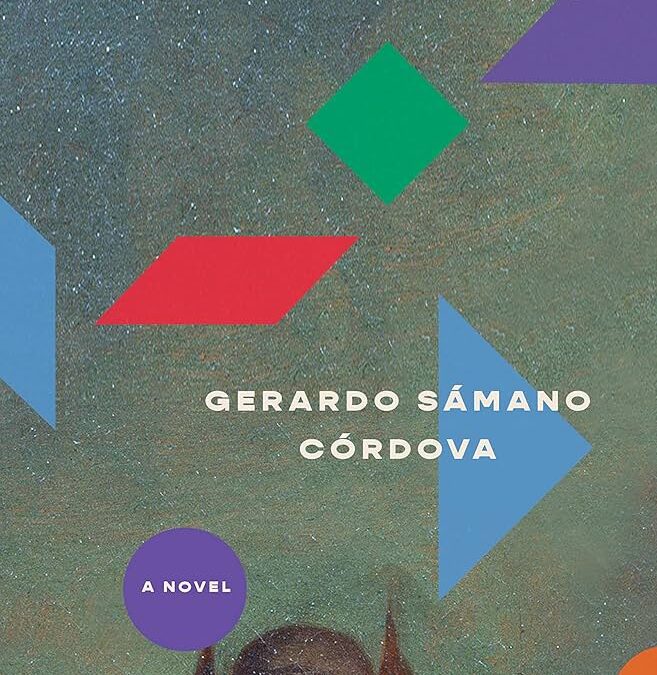Monstrilio
Gerardo Sámano Córdova
Zando Projects
March 2023
ISBN 978–1–63893–160–7
Grief eats you up from the inside, as is shown in Gerardo Sámano Córdova’s debut novel Monstrilio, published under Zando Projects. Córdova’s novel is an exploration of grief, identity, familial ties, and transformation, and asks of the reader to confront the intertwined nature of these problems.
The opening scenes of the book show two grieving parents, Magos and Joseph, stretched over 11 year old Santiago’s corpse. And here it is where the reader witnesses the transformation of grief. Joseph falls into a deep depression devoid of substance, while Magos cuts open Santiago’s body, exhumes his one working lung, and goes back to Mexico City with the lung in a jar, feeding the lung until it becomes a living entity. As Córdova has mentioned on Instagram, “grief is a tremendous amount of love without anywhere to put it.”
The novel is split into four parts, each narratively voiced by a different character in the novel. What this does is not only show the multifaceted nature of grief—the ways in which it can travel amongst people—but also complicates the notion of family beyond just bloodline. Take, for example, Lena’s opening chapter: “Magos stayed with me, pasted to my couch like a grub in a cocoon of blankets. It was Monday and the incident had happened over a week ago. I had to cancel my appointment with Maritoni that first Monday and I would have to cancel again” (pp. 85). This opening passage is indicative of the way grief works through kinship.
Lena, who is not related to Magos or Joseph by blood but is a longtime friend, is intertwined with the family affairs surrounding Santiago’s death, so much so that she has altered her weekly schedule to accommodate them. By presenting the reader with these multiple voices, Córdova effectively shows the different ways in which grief directly and indirectly affects those surrounding it, and how through shared emotional experience the notion of family emerges.
The novel also presents the reader with grotesque imagery of the titular Monstrilio—who grows from lung to arm-tailed four-legged creature to uncanny humanoid—which is used to delve into Monstrilio’s nature of identity and transformation. Monstrilio starts off as “[a] live, wriggling lump, like a pouch full of worms” (pp. 45), to looking more human, “[a] patch of fur on his forehead and his fangs, long and sharp” (pp. 178) being the only indication of his past monstrous traits.
Córdova goes beyond simply just describing freakish traits and asks the readers to empathize with Monstrilio. On one hand, Monstrilio represents the contorted nature of Magos’ grief. On the other hand, it shows that Monstrilio’s transformation conforms to a world that rejects his identity. At one point, he thinks, “It’s like a trick, the way I unhinge my jaw and stretch my lips all the way to my earlobes. My head split halfway through. But it’s not a trick… It feels good” (pp. 247). Monstrilio has to actively hide his seemingly monstrous identity (alongside his instincts) in order to “fit” into this world, which is further exacerbated by not wanting to intrude on Magos’ grief. In this sense, what might be grotesque to the reader, is completely normal to someone else.
Córdova’s Monstrilio is an accessible read, one that has the intelligence to question the emergence of grief, family, identity, and transformation. It is both a tragic and hopeful read. For those who want to challenge their notions on the aforementioned themes, Monstrilio is sure to give the reader much to think about while simultaneously engrossing them in an engaging read.
Meet the blogger: BENJAMIN SCHMIDT is an undergraduate student at Hamline University. He is currently pursuing a degree in Creative Writing and a minor in Anthropology. Ben spends his time indulging in the arts.
BENJAMIN SCHMIDT is an undergraduate student at Hamline University. He is currently pursuing a degree in Creative Writing and a minor in Anthropology. Ben spends his time indulging in the arts.


